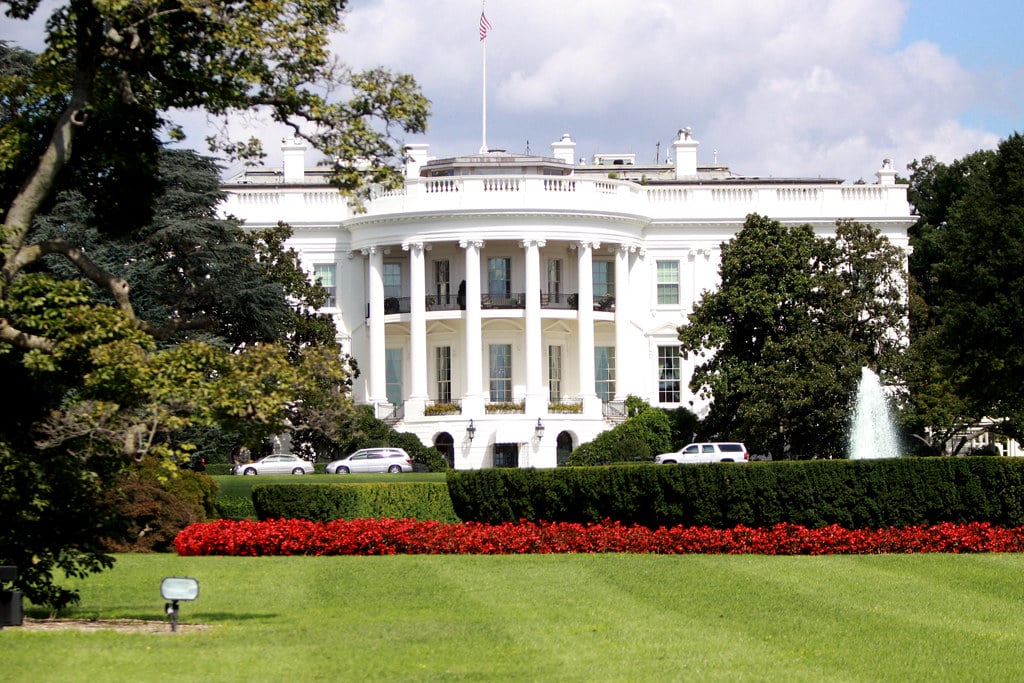I talk to the authors of non-fiction books and learn how they apply their books’ lessons in their own lives. For this article, I talked to David Bach, author of The Latte Factor.
As entrepreneurs, we like to see ourselves as financially savvy. Starting a business — and keeping it growing — requires the ability to work with money successfully.
But here’s a fact that might surprise you: More than a third of entrepreneurs have no retirement plan.
How is this possible? According to a report by Manta Trends, many entrepreneurs cite insufficient income as their reason for not saving. Instead, they explained, they would use the funds that they eventually earn from selling their business to fund their retirement.
Nine-time New York Times bestseller author David Bach (whose most recent book is The Latte Factor) has heard similar sentiments from entrepreneurs across the country. And here’s how he responds: “Are you sure? Do you really want to bet your financial future on it?”
As an entrepreneur, I have to admit I fall victim to this trap. I’ve taken a deflated salary for years, reinvesting profits into my business in order to fuel growth. Retirement planning can wait until later, I thought. Taking it now would just be greedy.
But Bach disagrees. “I’ve met a lot of entrepreneurs who put all their money into their business. When something goes wrong, they have nothing to live on. It’s tragic, especially because a few simple practices could have saved them.”
1. Pay yourself first.
David’s most powerful advice for entrepreneurs comes in the form of three magic words: Pay yourself first.
Think about what happens when you take salary or a distribution from your business. The first person who gets paid is the government, via taxes. Then some portion goes towards your housing, car payments, food and entertainment. If there is anything left, you might think about saving.
Bach believes we should flip this on its head. Funding your financial future is the most important (and most difficult) financial decision you have to make, he says. “Not all entrepreneurs have access to 401(k)s,” he says. “Ideally, if you have employees, you should set up a 401(k) plan and participate in it too, but alternatives like a Self-Employed 401(k), a SEP IRA or a Defined Benefit Plan accomplish the same goal, allowing us to fund our retirement first, before the rest of life’s necessities grab their share of the pie.”
This has a few benefits. First, by putting your money in savings before the government takes its share, you’ll save on taxes and defer your taxes into your retirement years. Second, this plan ensures that your retirement plan growing doesn’t rely on willpower or budgeting. By making it automatic, you remove the stress of needing to consciously save.
2. An hour a day keeps a sad future away.
Common financial wisdom says to take a minimum of 10% off the top of your income to fund your retirement. Bach goes a step further.
“A typical person works from 9 a.m. to noon to pay their taxes. Then they spend the early afternoon paying for their housing, and the rest of the day to cover the rest of their life. Instead, I believe each of us should take the first hour a day and put it towards funding your future.”
For the average American who works nine hours per day, that means just over 12% of each paycheck.
With the power of compound interest over decades, these savings quickly add up. Fidelity — whose 401(k) plans cover 16 million people and over 20,000 companies — analyzed the 401(k) millionaires in its database. It found that people who had over $1 million saved in their 401(k) saved an average of 14% per paycheck, and crossed the million-dollar threshold by the time they turned 59.
3. A chart changed David’s life.
When David was 26, he was just starting his career as a Morgan Stanley financial advisor. An older advisor handed him a simple chart one day. It showed the financial returns of investing just $2,000 per year (or just over $5 per day) into an IRA account from the ages of 16 to 65. The result was almost $1 million in savings.
“He warned us that many advisors don’t do for themselves what they do for their clients, and that at a minimum, we should be following the savings plan in this chart. This simple chart had an incredible impact on my life. So much so that I included the same chart in the appendix of The Latte Factor.”
David began using Morgan Stanley’s 401(k) plan. When he started his company, Finish Rich Media, he stuck with his retirement saving strategy and funded his SEP IRA. Later, he started a Self-Employed 401(k) plan and — his favorite — a Defined Benefit Plan.
“Today, at 52, I could stop working and live off my retirement plans. It allows me to do the work I really want to do.”
None of this happens overnight. But as David says, “The decades go by fast. In two decades you can have financial security. In three decades you can become financially free. In four decades you can create massive financial abundance.”
But despite this sound advice, it just isn’t sinking in with entrepreneurs. David’s advisory firm sees that every day. His firm manages retirement accounts for thousands of people, and sees million-dollar IRAs from employees all the time — but rarely from entrepreneurs. The entrepreneurs rarely even have six figures in their retirement accounts. All their hopeful equity is in their business — and “hope is not a retirement plan,” Bach says.




